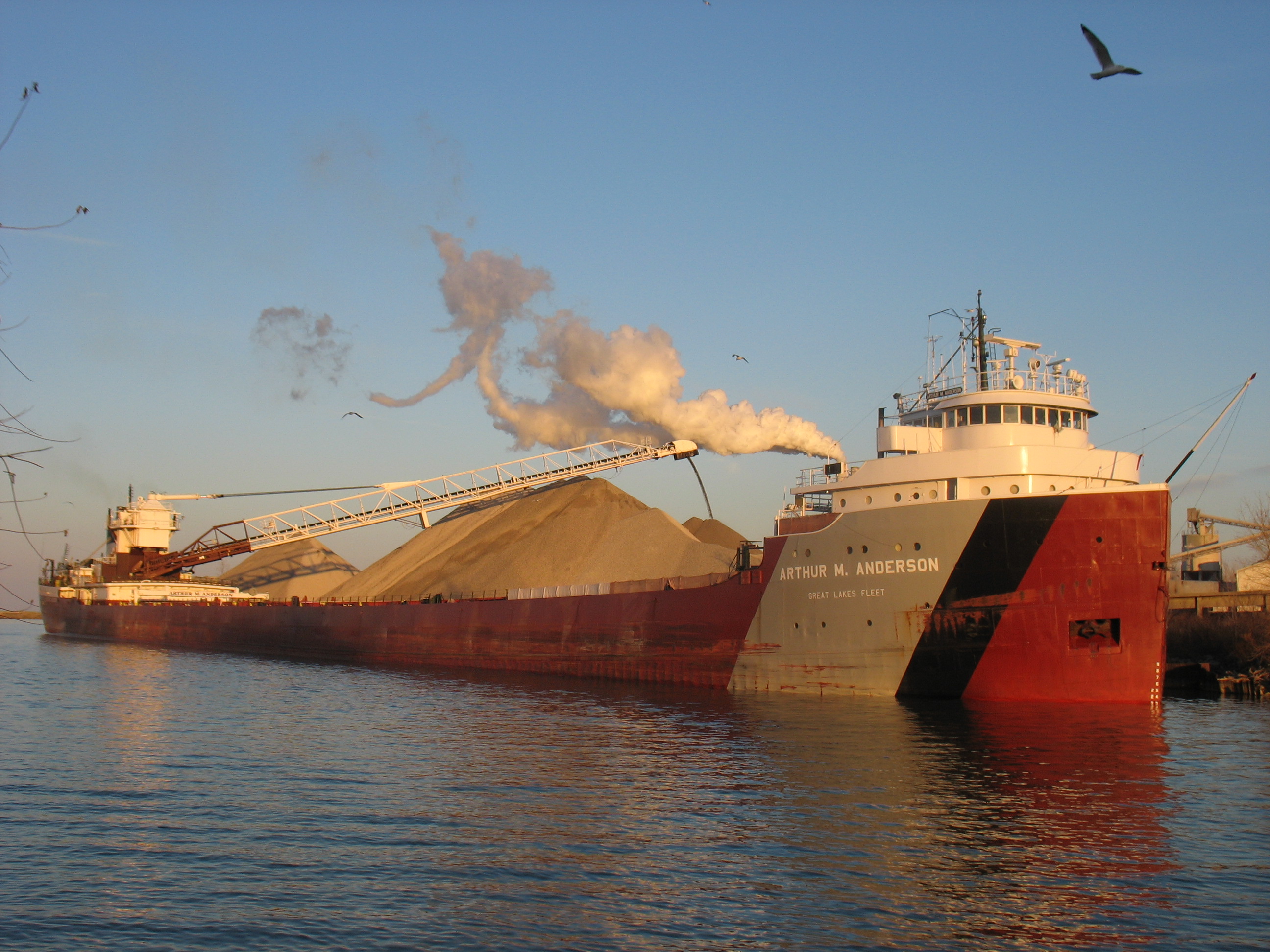|
Adam E. Cornelius (ship, 1959)
The ''Adam E. Cornelius'', (later the ''Sea Barge One'' and the ''Sarah Spencer''), is a former lake freighter built in Manitowoc, Wisconsin in 1959. She was the third vessel to be named the after one of the co-founders of the American Steamship Company, after the Adam E. Cornelius (ship, 1948), second ''Adam E. Cornelius'' had been sold and renamed the ''Consumers Power''. The third ''Adam E. Cornelius'' was sold to Keybulk Transportation in 1973, in its turn, and a Adam E. Cornelius (ship, 1973), fourth vessel took up the ''Adam E. Cornelius'' name. After her sale she bore the name ''Sea Barge One'', and was converted to an unpowered barge. After a second sale, in 1989, she was renamed the ''Captain Edward V. Smith''. In 1991 she was renamed again, the ''Sarah Spencer''. Her conversion to a barge included removing the vessel's original engines, and cutting a large notch in her stern. As a barge the vessel used two different barge-tug coupling systems. Initially she was pushed by ... [...More Info...] [...Related Items...] OR: [Wikipedia] [Google] [Baidu] |
Lake Freighter
Lake freighters, or lakers, are bulk carriers operating on the Great Lakes of North America. These vessels are traditionally called boats, although classified as ships. Freighters typically have a long, narrow hull, a raised pilothouse, and the engine located at the rear of the ship. Lakers have been used since the late 19th century to haul raw material from docks in the Great Lakes and St Lawrence Seaway regions to the industrial centers of Ontario, Quebec, and the American Midwest. The navigation season typically runs from late March through next mid-January due to the formation of ice on the lakes. The largest lake freighters can travel up to and can carry as much as of bulk cargo. , which sank in 1975, became widely known as the largest vessel to be wrecked on the Great Lakes. History The lake freighter's recognizable design emerged from many years of innovation in Great Lakes shipping. By the late 1860s, most bulk cargo was still carried by unpowered barges and sai ... [...More Info...] [...Related Items...] OR: [Wikipedia] [Google] [Baidu] |
